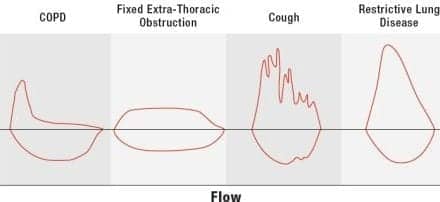The results of a study reveal that lung transplant candidates who are about 5’3” or shorter may have longer wait times than taller candidates and are more likely to die within a year while waiting for lung transplant, according to a news release from the American Thoracic Society (ATS). Jessica Sell, MPH, lead author of the study, says shorter adults are also more likely to be placed on mechanical ventilation while waiting for lung transplantation.
The researchers retrospectively reviewed information from 13,341 adults initially listed for lung transplantation in the US from 2010 and 2011. The Organ Procurement and Transplant Network/United Network for Organ Sharing provided data for the study.
The ATS news release indicates that baseline characteristics and 1-year waiting list mortality and transplant rates by height quartile were analyzed. The study was designed to adjust for other variables that could affect results, such as sex and age.
A height of less than 5’3” was linked to a 60% relative increase in the 1-year mortality rate, a 34% relative decrease in the 1-year transplant rate, and a 39% relative increase in the 1-year respiratory failure rate compared with those of an average height (170 to 176.6 cm), according to ATS.
Sell states, “Access to lung transplantation for shorter lung transplant candidates could be improved by reformulating the LAS [Lung Allocation Score] calculation to provide greater transplant priority for this disadvantaged group.”
The ATS news release notes that although there is anecdotal evidence that suggests shorter adults wait longer for lung transplantation, this is the first study to the researchers’ knowledge of an analysis that focuses on the impact of short stature on waiting time and waiting list mortality.
Source: ATS











Did the study separate out those who have spinal curvature that affected height and therefor thoracic volume?